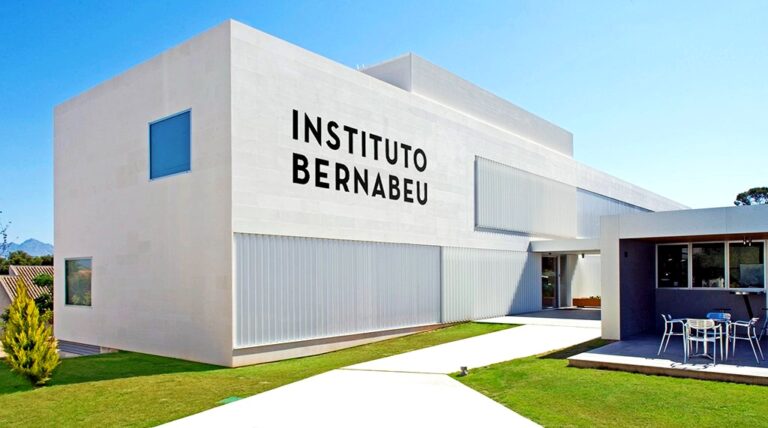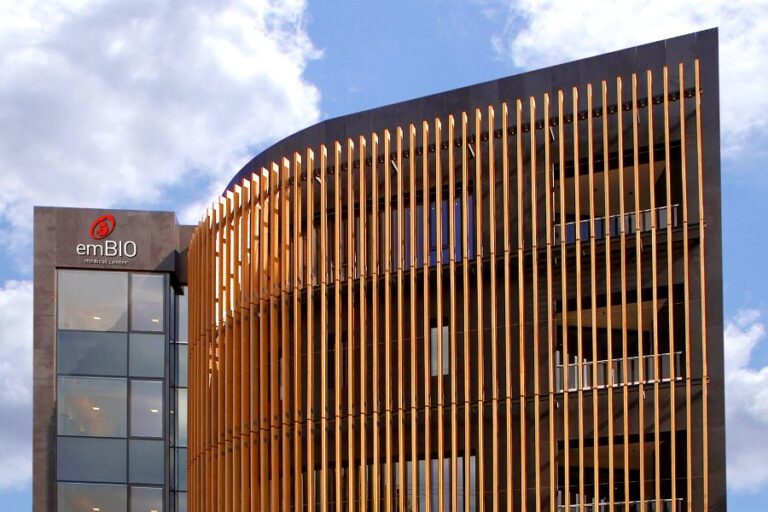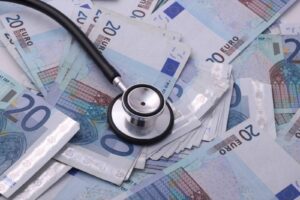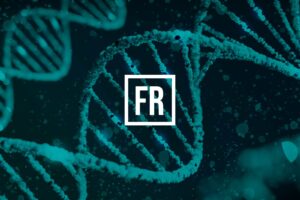
Reproclinic
IVF treatment availability at Reproclinic About Reproclinic Reproclinic was founded in 2018 and is located in Barcelona, one of the most famous cities in the
Fertility Road provides guides, tips, hints and detailed information on popular IVF clinics abroad. All you need to find the best IVF clinic abroad.
An increasing number of people consider IVF treatment abroad. The reason for this is that certain types of fertility treatments are not available in their home countries, for example, egg donation. There is also the added benefit of shorter or no waiting lists or IVF treatment costs which may be significantly lower.
We have prepared guides, tips, and hints for patients interested in IVF treatment abroad and looking for top IVF clinics abroad. We have also prepared the best fertility treatment abroad resources guide – which may help you make an informed decision while looking for the best IVF clinics worldwide.
We are pleased to offer an exclusive IVF Cost Calculator, designed to enable you to accurately estimate the cost of IVF treatment abroad in several sought-after countries. This sophisticated tool provides a comprehensive overview, allowing for informed financial planning for those considering fertility treatments overseas.
Delve into our extensive collection of features that spotlight top fertility clinics around the globe. Discover the varied landscapes of IVF abroad, where we unravel the complexities of IVF costs in different regions, offering you a clear picture of your options. We also provide in-depth insights into egg donation costs and procedures in various countries, ensuring you have all the information needed to make informed decisions.
Wherever you are along your path to parenthood, we’ve got a great selection of features for you to embrace everything related to:

IVF treatment availability at Reproclinic About Reproclinic Reproclinic was founded in 2018 and is located in Barcelona, one of the most famous cities in the

IVF treatment availability at Clinica Tambre About Clinica Tambre Clinica Tambre is a fertility clinic located in the heart of Spain, the capital city of

IVF treatment availability at Instituto Bernabeu About Instituto Bernabeu Instituto Bernabeu was founded in 1985 and has since become one of the leading infertility clinics

IVF treatment availability at emBIO About emBIO emBIO is a fertility centre based in the Chalandri suburb of Athens, the capital city of Greece, and

IVF treatment availability at UNICA CLINIC Prague and Brno About UNICA CLINIC Prague and Brno Unica was founded in 1991 in Brno, and they then

IVF treatment availability at UR Vistahermosa About UR Vistahermosa UR Vistahermosa is a private fertility clinic located in Alicante, Spain, and was founded in 1983.

Judging fertility clinics abroad on the basis of their success rates is one of the most widely

Considering IVF treatment abroad?
Check IVF costs, success rates and legal aspects in top IVF destinations!

Please keep in mind that the advertised treatment costs may differ significantly from reality. One

Coping after a failed transfer is like grieving for a loss. A loss of hope, a loss of a precious embryo and the loss of future life that you had planned out in your mind.

It is often not easy for us to face up to and deal with negative emotions. One’s emotional state is made worse when the subconscious mind (which stores all memories and experiences – remembering everything that has happened) comes into play without the conscious mind being aware.

Like any invasive medical procedure, IVF treatment can be complex and for anyone considering it

Embarking on the journey of assisted reproductive technologies like in vitro fertilisation (IVF) can be

Navigating the intricate journey of fertility can be daunting, with couples often facing the heartbreak

Experts at Instituto Bernabeu warn that embryo biopsy increases pregnancy rates and reduces miscarriage risk

Kirstie and Chris, both aged 30 and from Northern Ireland, are the latest couple to take part in Fertility Road’s Fertility Journeys project

Kelli and Jake took the first step in their fertility journey with EmBIO shortly before Christmas with a virtual consultation via Skype. The couple were able to

It’s a girl! Canadian couple, Stéphanie and Joël, welcomed a beautiful baby girl into the world in the summer of 2023. Little Celeste was born via planned

There was a very special early Christmas present for Laura and Dan when the couple discovered they were expecting a baby, following an embryo transfer at

There was joyous news from France when Nathalie Langlois gave birth to beautiful baby Charlie last month. Weighing 4.475kg (9lb8), Charlie came into the world on February 24th following

“All we can do is hope” – Bernadette and Paul look to the future
Beyond the medical aspects of IVF, Fertility Road guides you through fertility treatments’ financial, legal, and alternative aspects. Our practical guides cover everything from managing IVF costs to navigating international fertility laws, and exploring holistic and alternative remedies.
Our mission at Fertility Road is to offer a platform where your fertility dreams can take root and grow. Whether you’re considering fertility treatment abroad or seeking advice on the journey ahead, we’re here to support you every step of the way. Join us on Fertility Road – where your path to parenthood begins.
| Cookie | Duration | Description |
|---|---|---|
| cookielawinfo-checbox-analytics | 11 months | This cookie is set by GDPR Cookie Consent plugin. The cookie is used to store the user consent for the cookies in the category "Analytics". |
| cookielawinfo-checbox-functional | 11 months | The cookie is set by GDPR cookie consent to record the user consent for the cookies in the category "Functional". |
| cookielawinfo-checbox-others | 11 months | This cookie is set by GDPR Cookie Consent plugin. The cookie is used to store the user consent for the cookies in the category "Other. |
| cookielawinfo-checkbox-necessary | 11 months | This cookie is set by GDPR Cookie Consent plugin. The cookies is used to store the user consent for the cookies in the category "Necessary". |
| cookielawinfo-checkbox-performance | 11 months | This cookie is set by GDPR Cookie Consent plugin. The cookie is used to store the user consent for the cookies in the category "Performance". |
| viewed_cookie_policy | 11 months | The cookie is set by the GDPR Cookie Consent plugin and is used to store whether or not user has consented to the use of cookies. It does not store any personal data. |